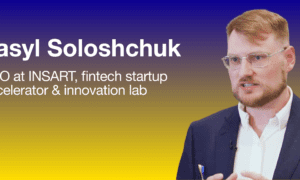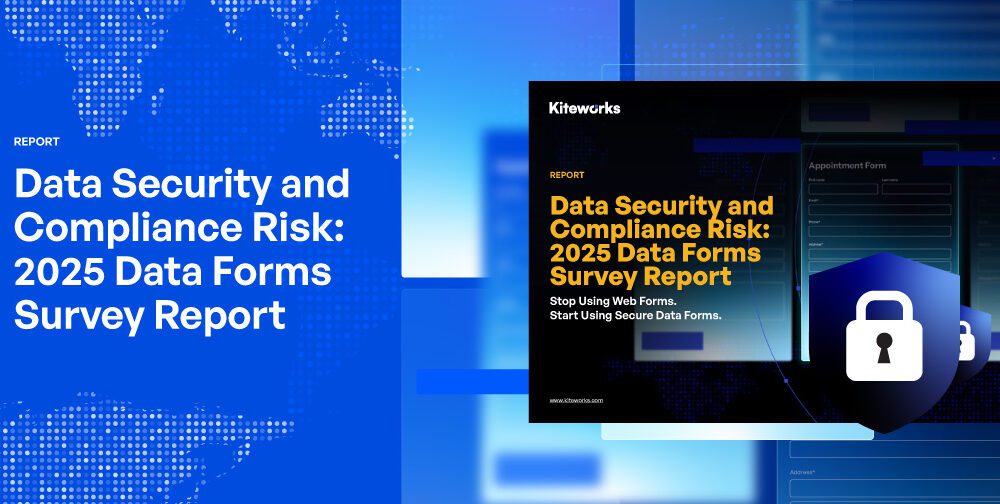According to a study by Verified Market Reports, the retail banking loyalty programs market was estimated at USD 15 billion in 2024. Analysts note that the market will continue to expand in the foreseeable future, potentially reaching an impressive capitalization of USD 25 billion by 2033, with a compound annual growth rate of 15%. For instance, in the United Kingdom, Statista reports that 8 out of 9 adult consumers participate in at least one loyalty program — the highest figure since 2018, reflecting the deep integration of such programs into British purchasing behavior and consumer habits. Meanwhile, according to ResearchAndMarkets, the value of the UK loyalty program market is projected to grow by up to USD 4 billion between 2025 and 2029.
Nowadays, experts consider loyalty programs to be one of the key mechanisms for customer retention. Their main goal is to build trust that enables long-term engagement with the audience and ensures its steady and consistent growth. According to Queue-it’s Age of Online Trust Report, customers who trust a particular brand are 88% more likely to return for additional products or services. At the same time, 62% of customers prefer to engage exclusively with trusted brands, while 90% are willing to spend 10% or more on a product if it comes from a company they trust.
The types and formats of loyalty programs themselves vary widely: they include point-based systems, various cashback models, partner discounts, and many others. However, according to customers — as shown, in particular, by a survey conducted by the information company Business Wire — the decisive factors when choosing a program are ease of use (cited by 53% of respondents), significant discounts, and a transparent mechanism without “hidden pitfalls” (39% and 37%, respectively). Aleksei Terentev, an expert in digital banking and artificial intelligence, suggests adding two more key qualities to this list: personalization and speed.
“Modern technologies make it possible to understand the context of human behavior, predict needs, and offer relevant scenarios at the right moment. When a customer sees that a service responds to their actions and provides something of genuine value, the level of engagement and trust grows naturally,” explains the expert. “For companies, this creates an opportunity to test hypotheses more quickly and gain a deeper understanding of their customers. As a result, loyalty can be built as a data-driven system in which every mechanic and communication is based on user behavior. Such a system fosters long-term relationships with the customer and maintains their engagement at every stage of interaction.”
Artificial intelligence has become a significant aid in developing such programs today. According to Antavo, a software developer specializing in loyalty solutions for brands, 37.1% of companies offering loyalty programs already use AI to manage them, and another 49.5% plan to implement it in the future. This trend also extends to consumers: 4 out of 10 customers show greater interest in joining a program if it includes AI-powered features.
“I would say that IT tools and artificial intelligence have not reinvented the approach to analytics but have enabled it to evolve to a new level,” emphasizes Aleksei Terentev. “They make it possible to analyze customer behavior more deeply and quickly than traditional methods: to take into account numerous factors and their interrelations, to predict user actions and reactions to our interventions, and then to use these predictions for real-time decision-making. Artificial intelligence increases the depth of data interpretation and allows us to work not with an average audience, but with each user individually.”
AI-based systems are also being implemented in Russia — and the domestic market is characterized by even greater diversity and scale compared to the international one. In March 2024, the first-ever integration of Frontol cash register software with a platform for building an AI-powered loyalty system was announced. The system is capable of automatically launching personalized offers for users based on their preferences and purchasing behavior. In November, one of Russia’s largest banks, in partnership with a Skolkovo resident company, introduced a ready-to-use mobile application with built-in AI tools designed for small and medium-sized businesses.
“When comparing the development approaches to AI-driven loyalty programs abroad and in Russia, the main difference lies in speed and autonomy,” notes Aleksei Terentev, confirming this trend. “In Russia, most solutions are developed in-house — from analytics and ML models to infrastructure. This provides flexibility: a company can quickly test a hypothesis, assess its impact, and launch a new mechanic into production without lengthy approval processes. Abroad, ready-made platforms are used more often, which makes the process more stable but slower.”
Another distinguishing factor, according to the expert, lies in data integration.
Russian fintech services often combine multiple domains — finance, payments, and content — within a single ecosystem. This makes it possible to build personalization and retention mechanisms in real time. Foreign companies, on the other hand, place greater emphasis on clarity, controllability, and transparency of models, as well as on risk management.
“When it comes to loyalty systems as such, the Russian market is noticeably more dynamic,” concludes the expert. “Users expect activity from the service — bonuses, personalized offers, attention. This drives the development of flexible and ‘living’ mechanics where personalization and engagement play a key role. The international approach relies on stability and trust, while Russian companies build loyalty through speed, precision, and continuous interaction with the customer.”
At the same time, there is another important area in the use of AI that is currently developing particularly rapidly — both in Russia and abroad. This, as Aleksei Terentev explains, is the “fine-tuning” of the audience: when intelligent systems enable a company to accurately determine which customers should receive various retention offers — and which should not.
“At the moment, I am working on the development of such a system,” notes the expert. “It combines two models: a churn prevention model, which predicts the likelihood of customer attrition, and an uplift model, which determines which customers should actually receive retention offers. The innovation of this solution lies in the fact that it goes beyond merely predicting the risk of churn.”
According to the expert, the developed model not only identifies who might leave but also shows who can actually be retained. This changes the very approach to using marketing resources — budgets are allocated in a targeted way rather than evenly across the entire audience. In practice, this approach makes it possible to retain tens of percent more customers while simultaneously reducing retention campaign costs severalfold, as communications are directed only toward the truly relevant audience.
“In fact, this creates a new decision-making system in which priority is given to predicting an individual customer’s reaction to a specific offer,” concludes the expert. “Most importantly, these solutions are universal and in high demand across the modern banking industry. They open up new opportunities for customer engagement, while their operating principle does not depend on any particular infrastructure — the only essential factor is the availability of user behavior data. The system’s architecture is scalable and can be easily adapted to various financial products and projects.”
Thus, it can be concluded that the intelligent and breakthrough use of artificial intelligence today is the main driver of the “evolution” of loyalty programs. New AI-based approaches make it possible to create mutually beneficial systems in which customers receive the most valuable and personalized offers, while companies ensure the growth of an audience that trusts them.
About the expert
Aleksei Terentev is an expert in digital banking with many years of experience. Throughout his career, he has collaborated with leading Russian companies that rank among the top three in terms of audience size, market capitalization, and influence on the domestic market. Among his notable projects are the development of innovative systems and solutions aimed at studying consumer behavior and creating advanced loyalty programs designed to retain existing audiences and attract new ones. In his conversation with TechBullion, Alexei shared his vision of the prospects and trends shaping this market and discussed the impact of artificial intelligence on its development.



































